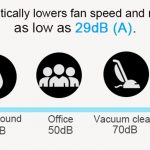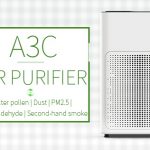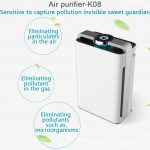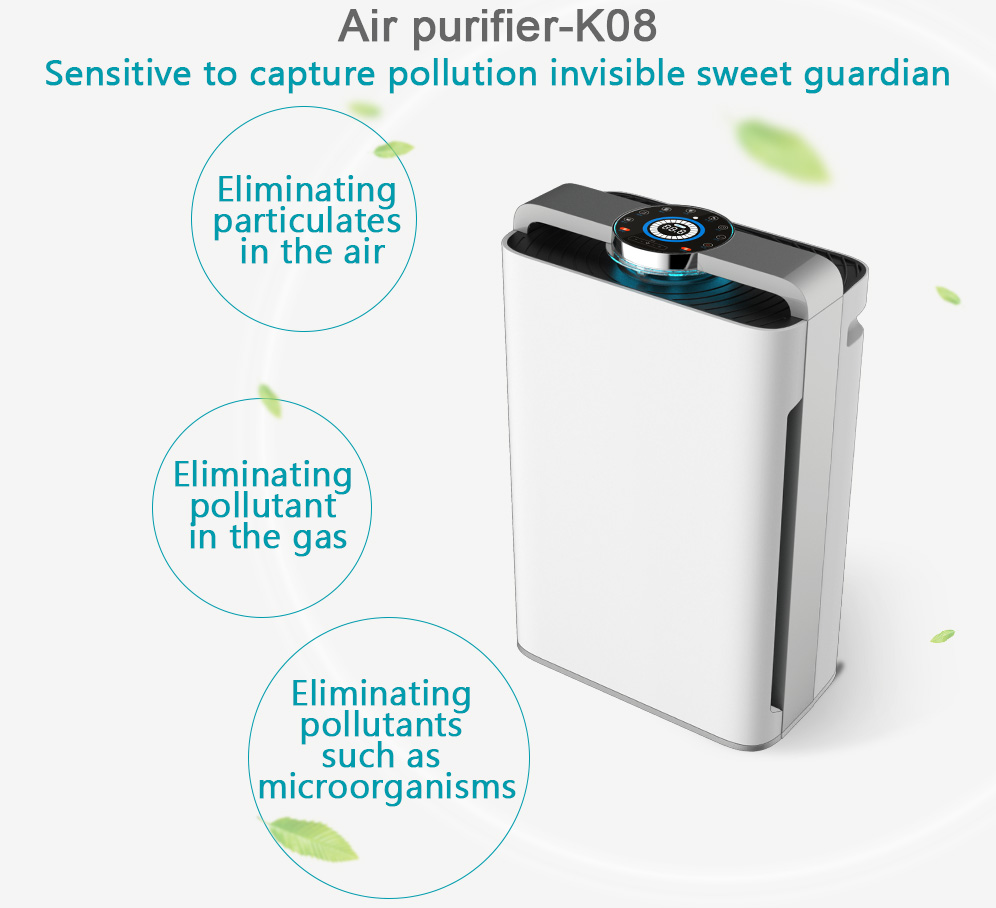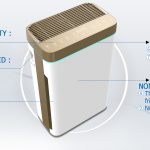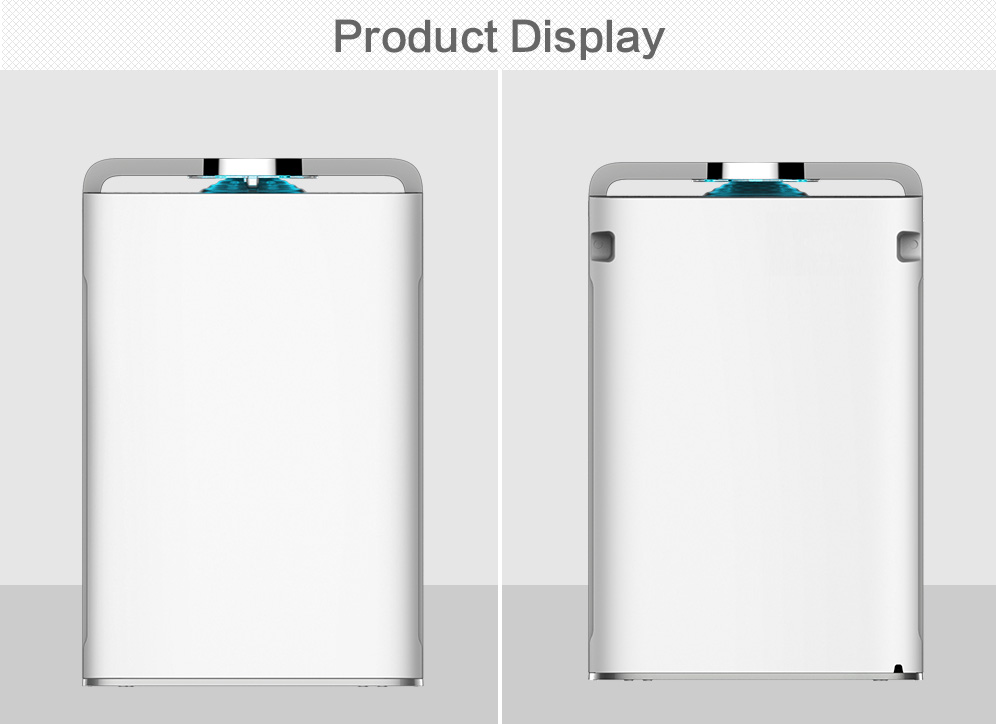Indoor Air Quality
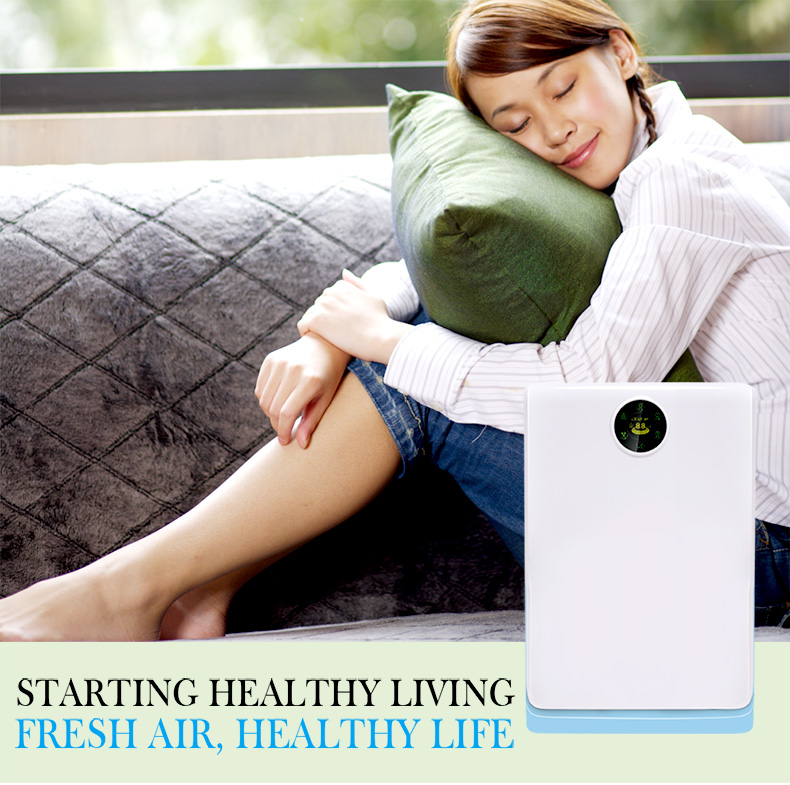
Poor air quality can cause negative effects towards your health such as allergies, respiratory illnesses, and skin problems. Considering that we spend more than 90% of our time indoors, it’s important that indoor air is clean and pollutant-free to protect our health and wellbeing.
Indoor air quality statistics
According to the EPA, indoor air pollution is among the top 5 environmental risks to public health. In fact, indoor air quality can be up to 5 times worse than outdoor air quality!
Effects of indoor air pollutants towards your health may range from symptoms such as eye and throat irritation, to respiratory diseases that may arise from long term exposure to indoor pollution.
What is in indoor air
Indoor air could harbour a range of pollutants unseen to the naked eye. Airborne particles such as diesel exhaust, carbon, dust, smoke, fibres, and pollen easily enter the home through opened doors and windows.
Cooking odours, pet odours, chemicals, sink or drain smells contribute to an unhealthy variety of unpleasant and toxic household odours and gases.
Around the home, furniture, office equipment, cleaning supplies, paint, glue and varnishes are just some of the unhealthy Volatile Organic Compounds (VOCs) that are harmful to our long term health.
Not to mention, there could be a range of microorganisms such as bacteria, mould, and viruses, floating around our home!
Sources of indoor air pollutants
You may think your home air quality is perfectly fine, but these pollutants are well hidden from the naked eye. Some don’t emit a distinct smell or show obvious physical signs, so you barely notice them around your home.
However, the sources of these indoor air pollutants are everywhere in our home. Pollutants such as mould and mildew could be lingering in our bathroom and laundry room. We could also be exposed to Volatile Organic Compounds (VOCs) from paint, varnishes, upholstery, furnishing and carpets.
That’s why having an air purifier is so important at home. Air purifiers help to clean the air of unwanted pollutants. They are especially useful for those suffering from asthma or allergies.
Air purifier benefits
Air purifiers are appliances that filter out pollutants such as dust, pollen, viruses, bacteria, and odours from indoor air. With the help of air purifiers, we can improve indoor air quality and protect the health of ourselves and our families.Cleaner air provides long term benefits by reducing respiratory diseases and airborne infections caused by indoor air pollutants. Moreover, air purifiers also help to improve air circulation and eliminate mould spore buildup.Indoor air pollutants are harmful to long term health, so consider investing in an air purifier to improve indoor air quality at home.
Browse our range of air purifiers online or contact us if you would like personalised assistance.
Olansi Healthcare Industry portable air purifier is willing to work with more families to further study and manage family indoor issues and contribute to more family health.If you are interested in this, please contact us for more products and preferential prices
Helen:
+86 13922346046
info@olansiglobal.com
https://www.olansiglobal.com

